L’explosion d’Halifax
Written by Dr. Afua Cooper
Illustrated by Rebecca Bender
L’explosion d’Halifax, est un poème composé par la septième poète officielle d’Halifax, Afua Cooper, D. Par ses mots et ses images puissants, ce poème révèle de manière émouvante les évènements du 6 décembre 1917, à 9 h 05, lorsque deux navires, le Mont-Blanc, chargé de munitions, et l’Imo, chargé de provisions de ravitaillement, entrent en collision dans le port d’Halifax. Le poème montre le bilan tragique de l’explosion et des incendies qui ont suivi sur la population d’Halifax et des régions environnantes, et ce, jusqu’à Africville dans le nord de la ville. Il témoigne aussi d’actes d’héroïsme de plusieurs personnes afro-néo-écossaises, malgré le racisme et la discrimination qui perdurent depuis longtemps et dont souffre cette communauté.
Canadian and US orders accepted here.
International orders please contact info@plumleafpress.com
$24.95
Afua Cooper est poète, auteure, chercheuse et historienne de renommée. Ses nombreux livres sont de genres aussi variés que la poésie, l’histoire, la fiction et la littérature jeunesse. Elle était poète officielle de la Municipalité régionale d’Halifax de 2018 à 2020. Elle est membre fondatrice de la Toronto Dub Poets Collective et lauréate de nombreux prix, dont le Portia White Prize (le prix artistique le plus distingué de la Nouvelle-Écosse), le J.M. Abraham Atlantic Poetry Prize et le Bob Marley Award; elle était aussi finaliste au Prix littéraire du Gouverneur général pour la non-fiction en 2006. Ses poèmes figurent dans de nombreuses anthologies littéraires et de nombreux enregistrements en studio. Madame Cooper détient un doctorat en histoire et est experte éminente dans le domaine de l’histoire afro-canadienne. Elle est professeure titulaire à l’Université Dalhousie, où elle est titulaire d’une chaire de recherche Killam. De plus, madame Cooper est chercheuse principale du projet A Black People’s History of Canada, qui mène de nouvelles recherches sur l’histoire noire et est accompagné d’un nouveau programme d’études en histoire noire. En 2022, pour son travail sur l’histoire afro-canadienne, madame Cooper a reçu de la Société royale du Canada la Médaille J.B. Tyrrell en histoire en reconnaissance de travaux éminents en histoire du Canada. Cette chercheuse pionnière a aussi été honorée par le magazine Maclean’s comme une des personnes canadiennes les plus influentes.
Rebecca Bender est auteure-illustratrice bien connue pour ses livres primés Giraffe and Bird. Ses illustrations figurent aussi dans les livres de colportage Slug Days, Penguin Days et Duck Days. Parmi les prix et les distinctions qui lui ont été accordés, notons l’OLA Blue Spruce Award, une sélection de meilleur livre de l’année du Cooperative Children’s Book Centre et une sélection de meilleur livre de l’année de la Bibliothèque publique de Toronto. Rebecca vit à Burlington (Ontario) avec son mari et leurs quatre enfants. Il est pour Rebecca un honneur de contribuer à L’explosion d’Halifax : le 6 décembre 1917, à 9 h 05 le matin, pour aider à jeter de la lumière sur les individus omis ou oubliés dans cette tragédie nationale en les rendant avec soin et respect.
Additional information
| Weight | .36 kg |
|---|---|
| Dimensions | 22.225 × 23.495 × 1.3 cm |
| Specs | Trade, 8.75" X 9.25", 36 pages |


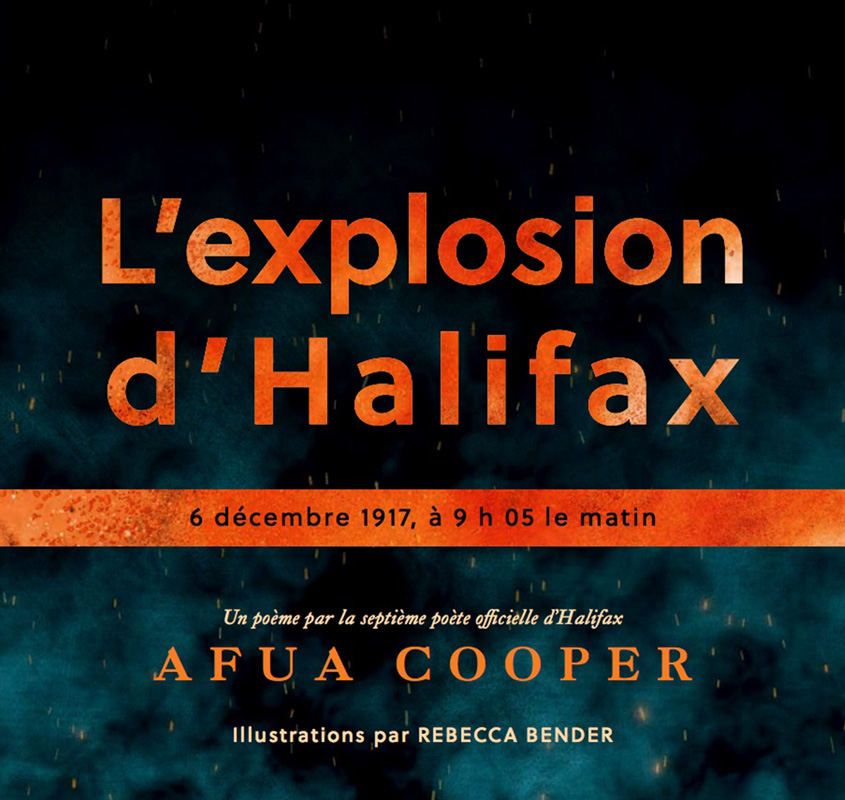
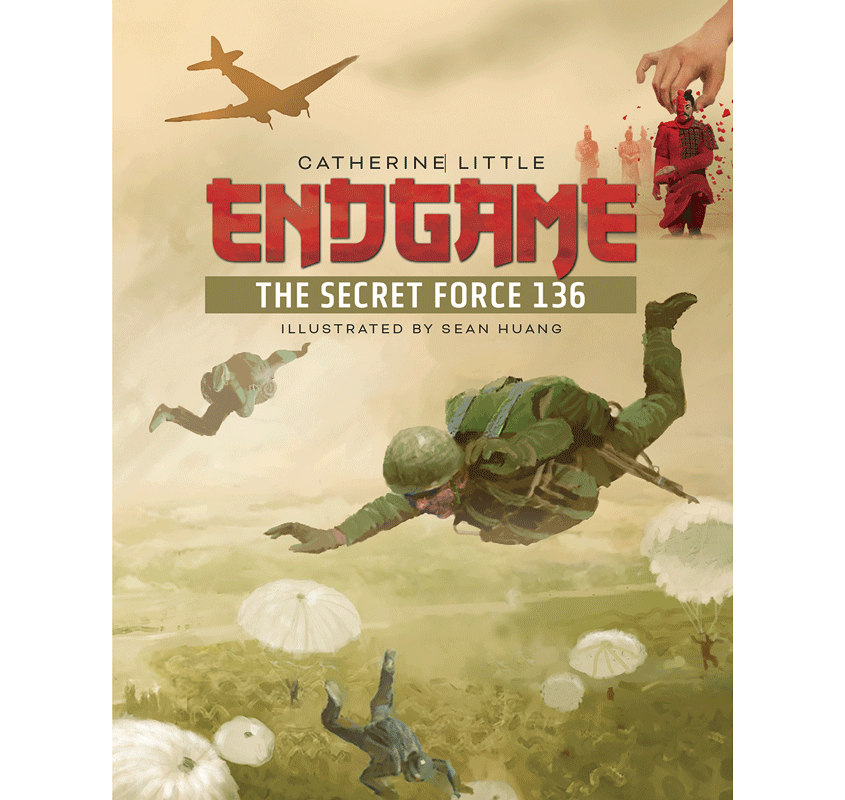
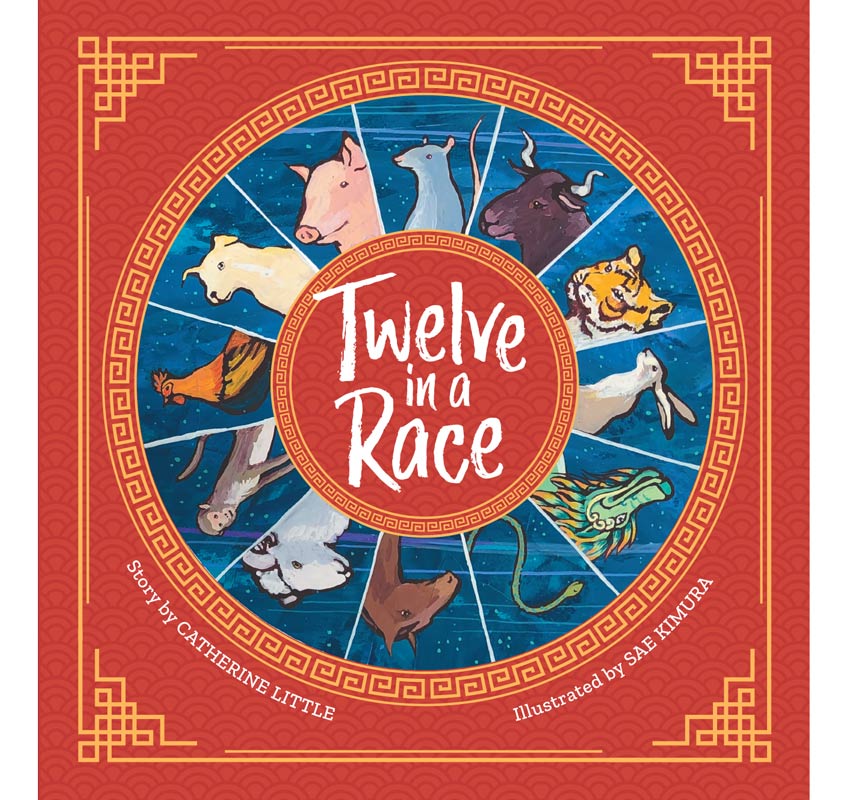
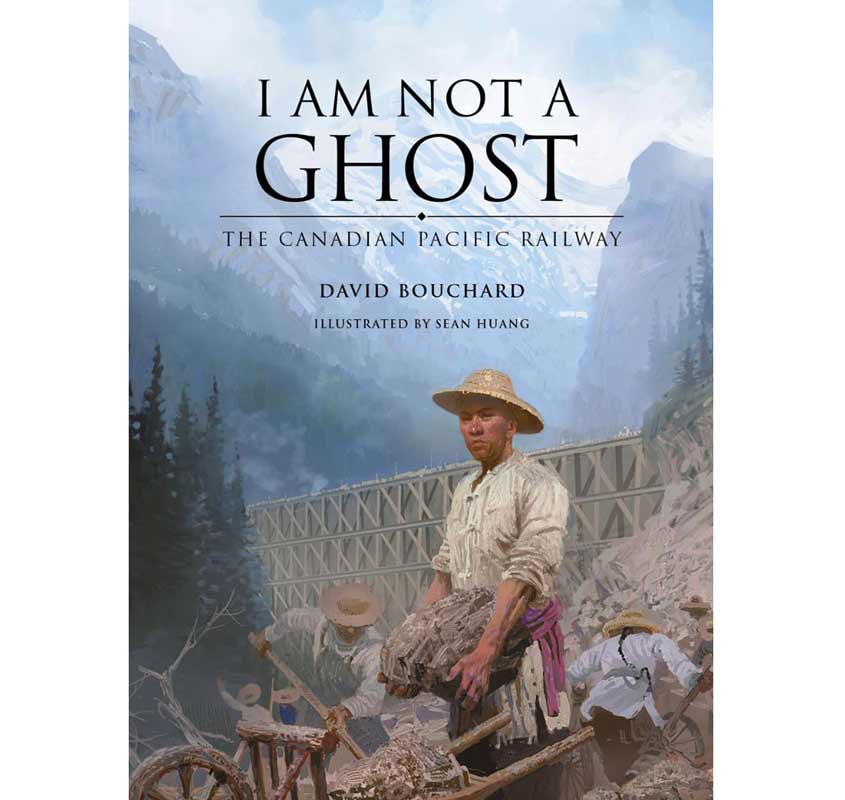

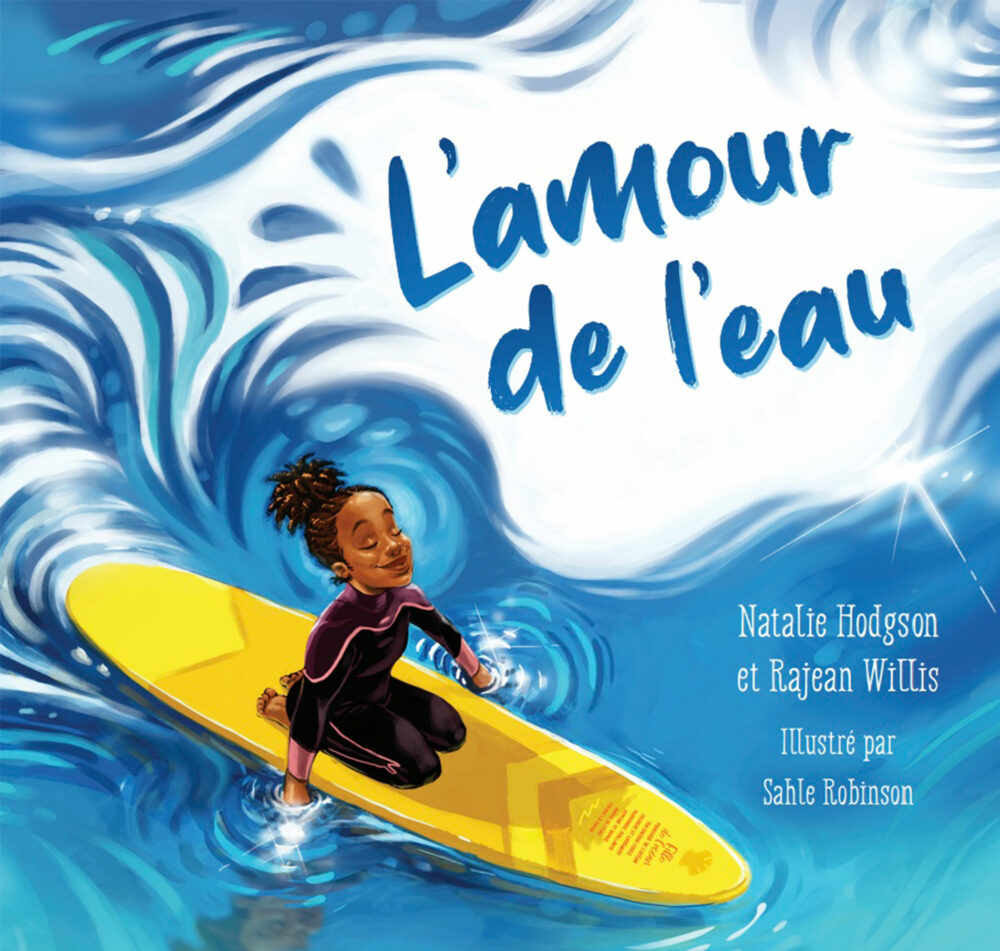
Crystal Sutherland –
Most people know a little about The Halifax Explosion and perhaps the name Vince Coleman from the “Heritage Minute”. Much of the aftermath of the ships Imo and Mont-Blanc colliding and exploding in Halifax Harbour on December 6, 1917, is well-documented, but more attention was paid to some aspects of the event than others. In The Halifax Explosion: 6 December 1917, at 9:05 in the Morning, Afua Cooper brings attention to the devastation experienced by marginalized communities, as well as their contributions in the aftermath, including stories like that of Dr. Clement Ligoure who ran a private clinic because, at the time, Black doctors were not allowed to work in hospitals, and, yet, he didn’t think twice about running to help those who needed medical attention, many of whom would have supported that exclusion policy.
By Cooper’s using a mix of colourful, lively drawings and historical photos, readers get the full history of the explosion through well-known photos alongside drawings depicting people and events that weren’t well recorded in the aftermath of the explosion and are often omitted from history. The text, varying in size and font, guides readers, showing them where the author would emphasize and fade when reading the text aloud. For those who prefer to read the poem without illustrations or suggested emphasis, the poem is included at the back of the book in plain text. The book ends with a historical note about how Black and Indigenous communities have often been left out or ignored in accounts of the Halifax Explosion, and how the author was intentional in focusing on these communities, bringing locations and people back into the story of the Halifax Explosion.
Cooper puts a face and name to some of those often referred to only as casualties or survivors of the Halifax explosion. By Cooper’s giving names to people lost, people like Aldora Andrews, a child who was killed, and Edward Hickey who was survived by his wife Rose and their three children, readers will better understand the full impact of the 2000 lives lost. In Cooper’s naming individuals who survived but were left with nothing or whose injuries changed their lives forever, the impact the explosion had on Halifax’s residence becomes more real, and attention is drawn to people and communities who have often been left out of the story of the Halifax Explosion.
The Halifax Explosion: 6 December 1917, at 9:05 in the Morning offers a passionate retelling of the events leading up to and after the explosion while taking time to look more closely at people who often go unrecognized in history, as well as communities that are often overlooked when recounting the damage caused by the event. Weaving archival photos and drawings together does an excellent job showing what’s recorded, along with stories about individuals who don’t get the attention they deserve. Especially poignant is the detail about how Viola Desmond, now recognized on the ten-dollar bill for her contributions as a civil rights activist working to end segregation, was thrown from her highchair in the explosion. Readers will be inspired to pause and consider how different Canada would be if Desmond hadn’t survived the explosion, and what those victims who remain nameless may have achieved had they survived.
While the images and fonts give readers a clearer picture of the Halifax Explosion and how to read the poem, having the poem in plain text at the end of the book, thereby allowing readers to add their own emphasis and draw their own images, is an excellent touch. The historical note at the end will help those familiar and unfamiliar with the Halifax Explosion better understand the importance of the poem and may inspire many to do their own research on the Halifax Explosion, and perhaps other events in Nova Scotia and across Canada where stories of individuals or communities were excluded and need illuminating.
The Halifax Explosion: 6 December 1917, at 9:05 in the Morning is passionate and thought-provoking. An engaging read, whether read in a classroom or a commemorative event or just as a personal read, The Halifax Explosion: 6 December 1917, at 9:05 in the Morning has the potential to spawn important and necessary conversations.
Highly Recommended
Reviewer:
– Crystal Sutherland (MLIS, MEd (Literacy)) is a librarian living in Halifax, Nova Scotia.
Quill and Quire –
The Halifax Explosion urges us to make remembering a conscious act. With this poem, bookended by historical notes, Cooper and Bender guide adults and kids to revisit hidden histories together.
– Quill and Quire
Helen Kubiw –
There is power in Dr. Afua Cooper’s poem of African Nova Scotians whose stories are little known and perhaps less remembered. However, remembered they should be. Dr. Afua Cooper tells us their names and about their families. She acknowledges them. The last words of her poem are “Does Halifax remember?” With her poem, they are less lost and truly commemorated.”
– Helen Kubiw, Canlit for LittleCanadians